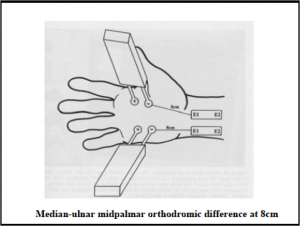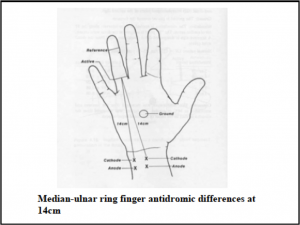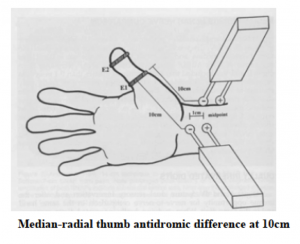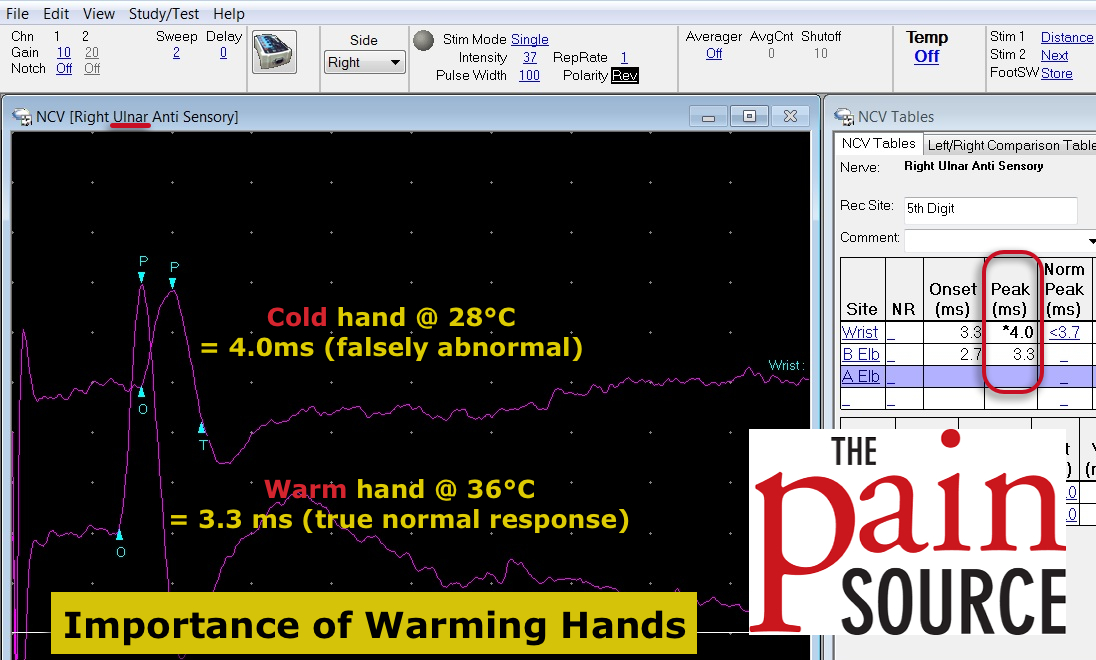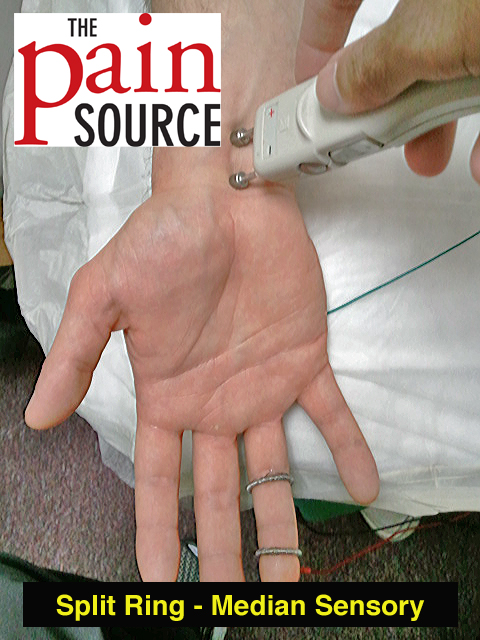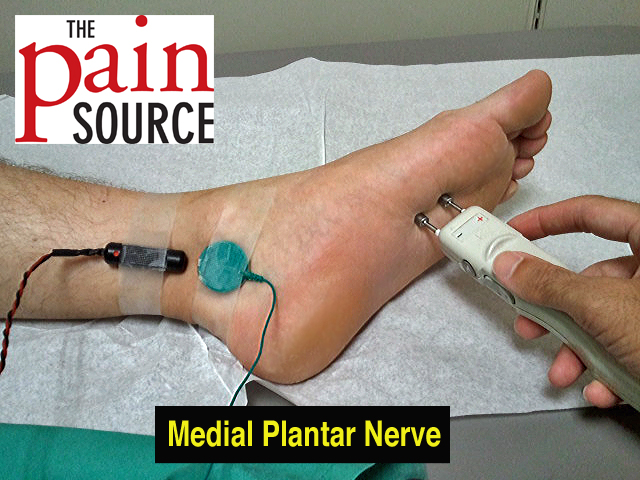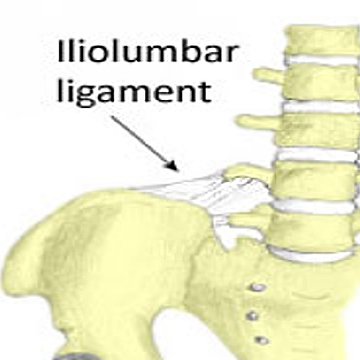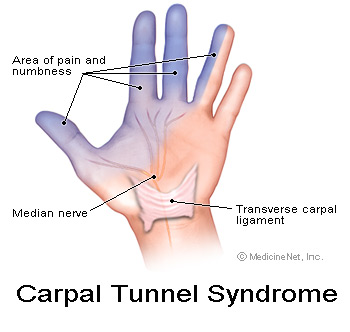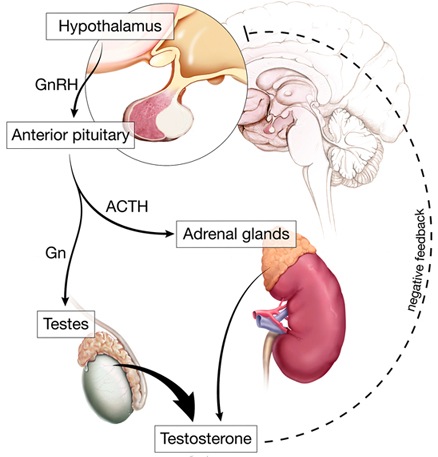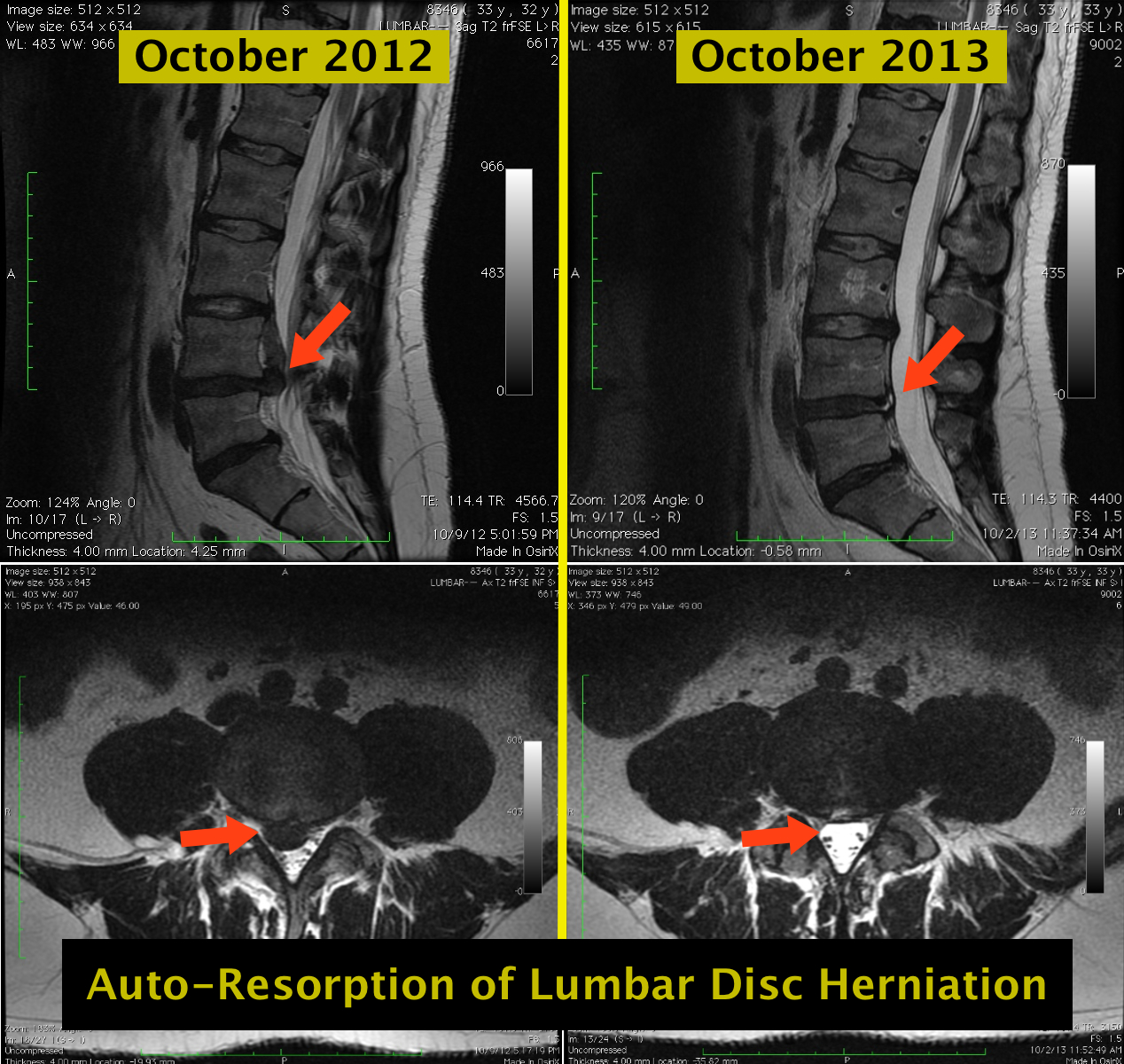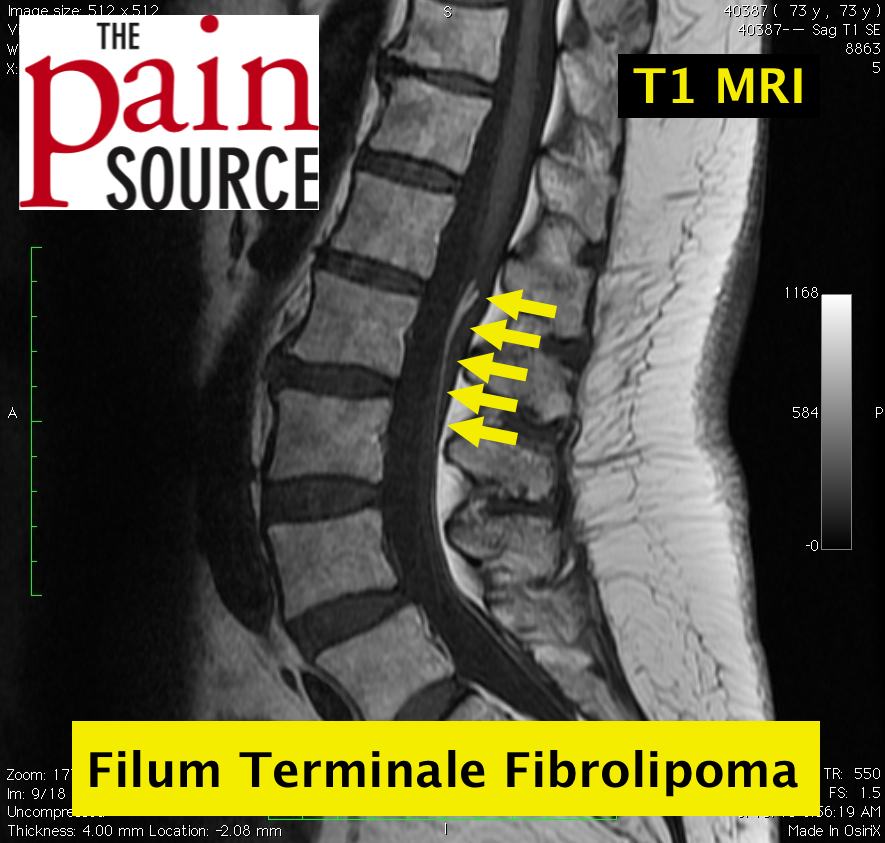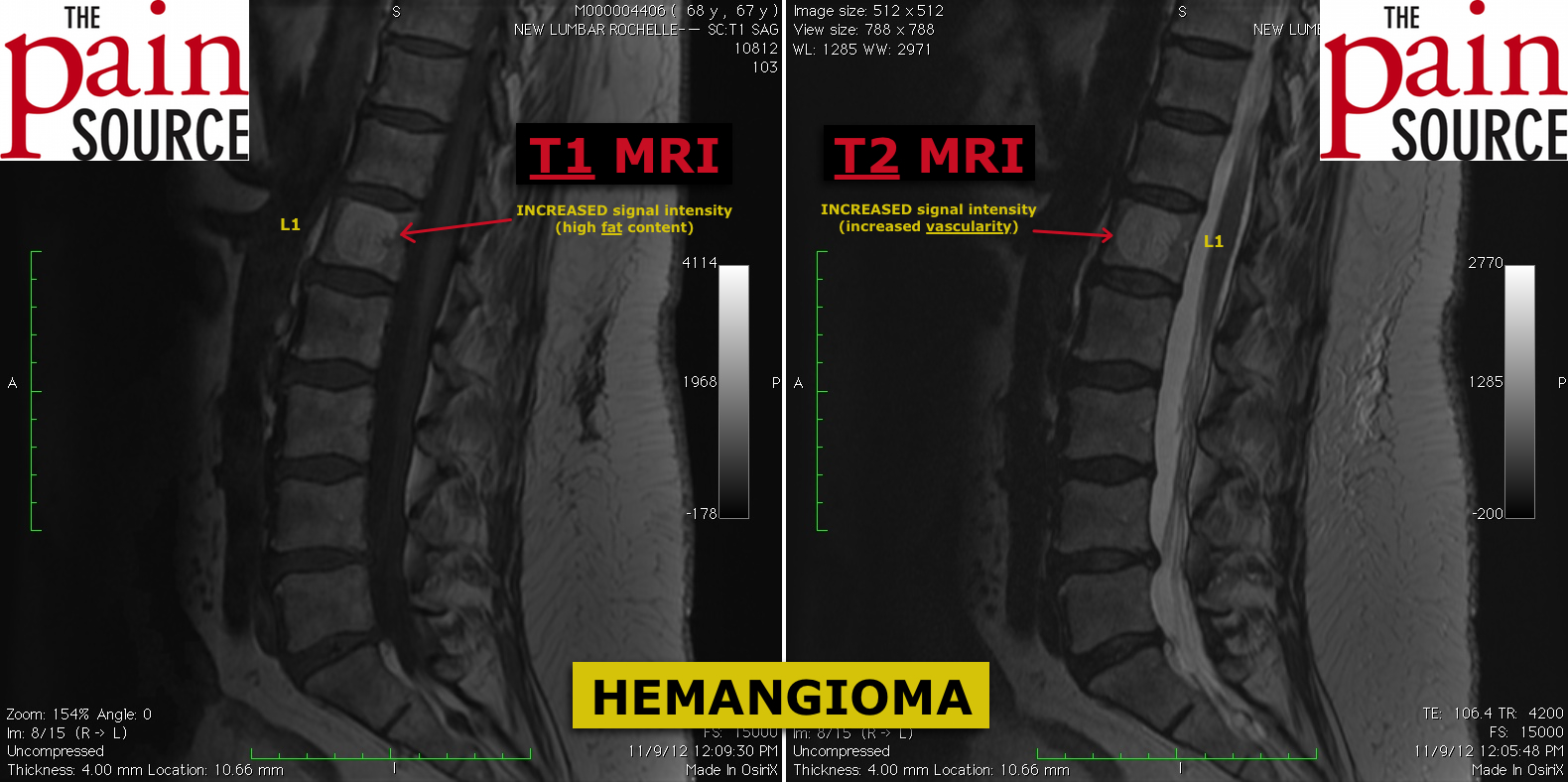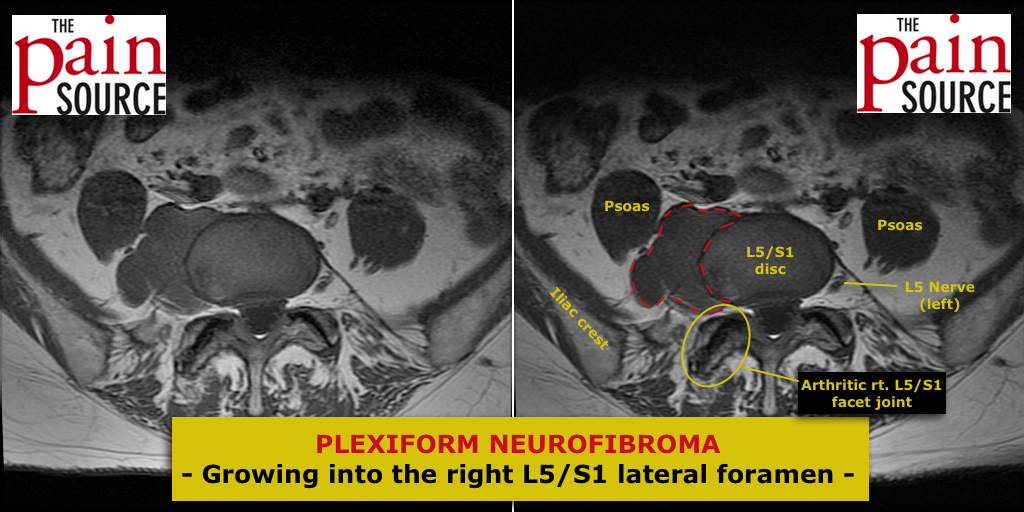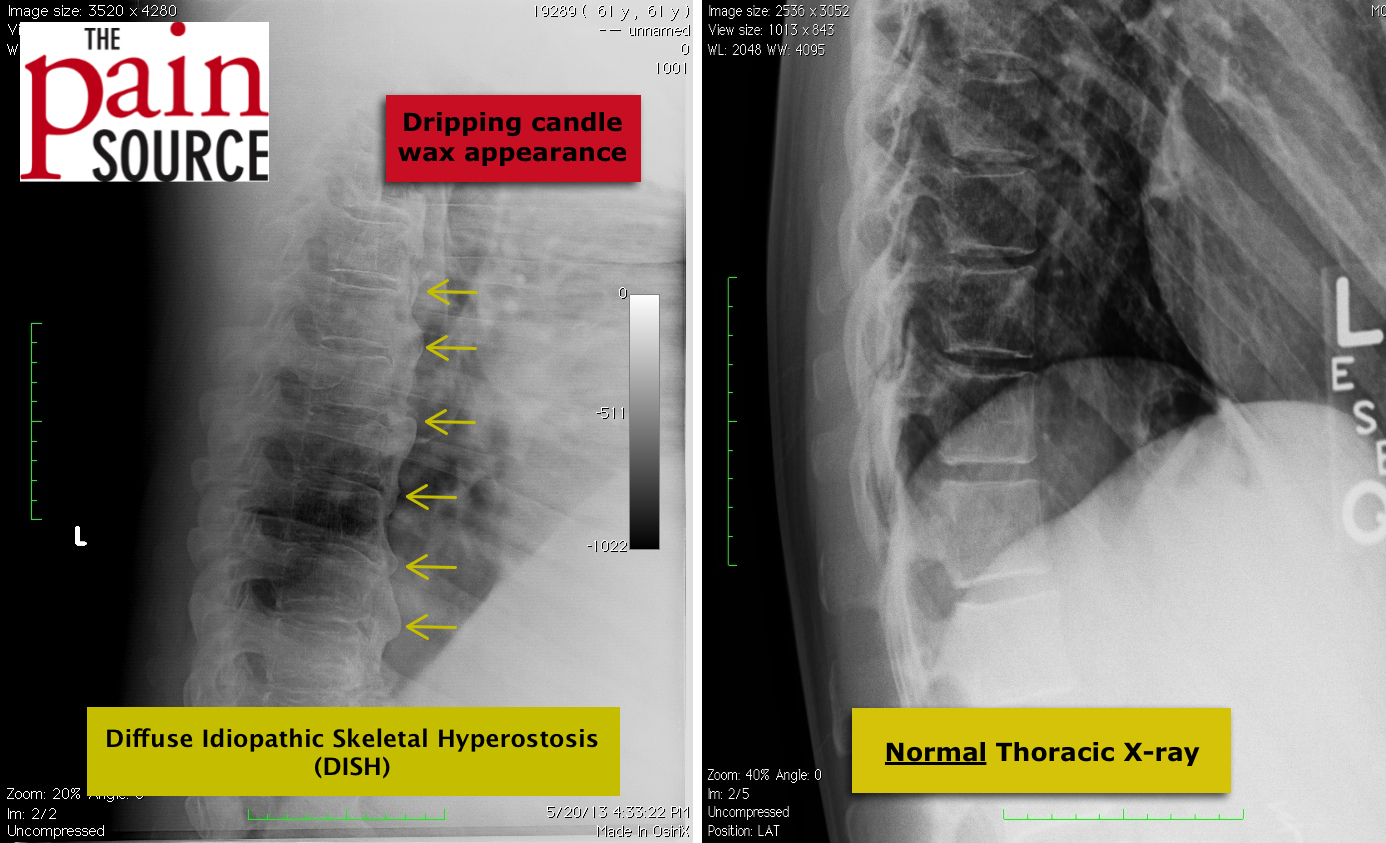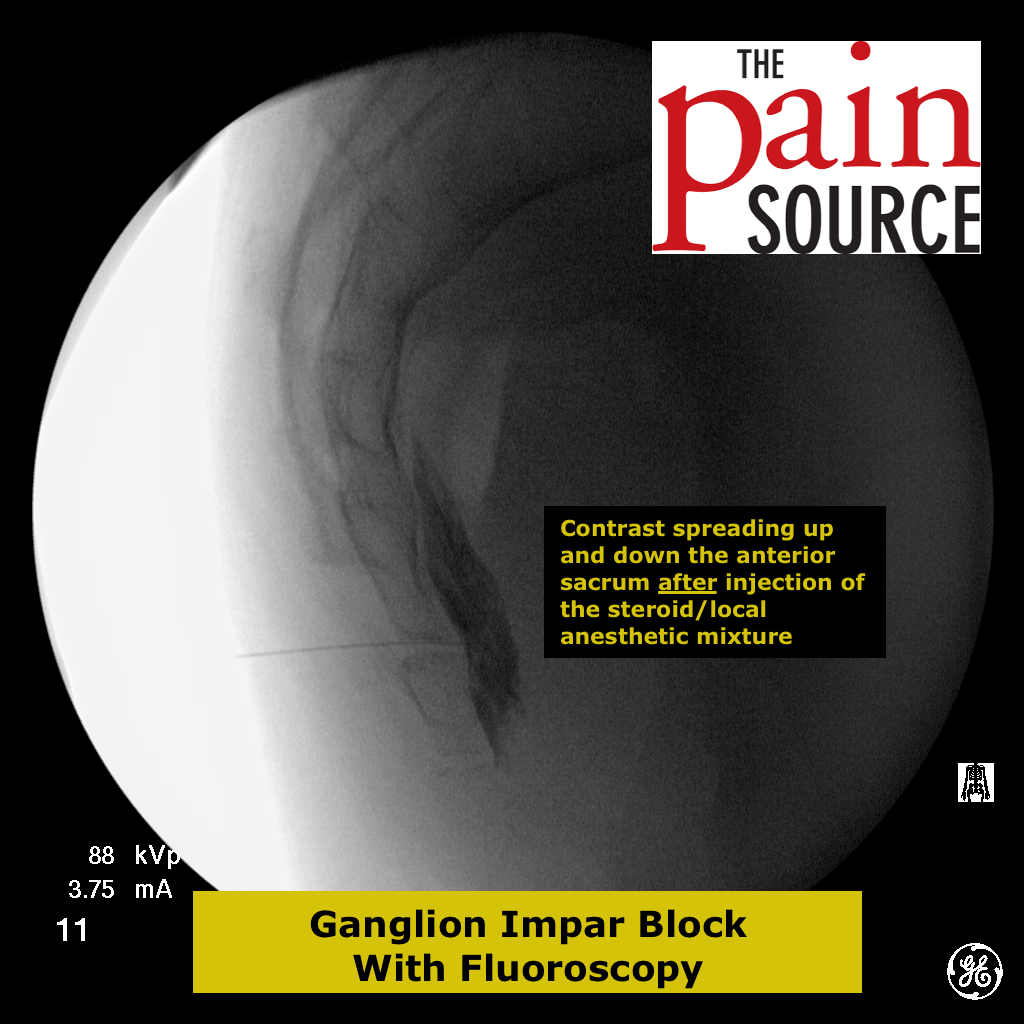By Chris Faubel, MD —
If the median sensory latency or median motor latencies are prolonged, this index is not needed. But, if they are both normal, then perform the CSI.
The CSI is a summation of three latency differences:
1) Split thumb: median and radial antidromic conduction at 10cm; reference = 0.5 or less
2) Split ring: median and ulnar antidromic conduction at 14cm; reference = 0.4 or less
3) P8: median and ulnar orthodromic conduction at 8cm; reference = 0.3 or less
The individual reference values for the above are “5, 4, 3” (thumb, ring, P8), with a total combined index above 9ms being considered positive.
For example, with the split ring, if the median latency is 3.8ms, and the ulnar latency is 3.2ms, that’s a difference of 0.6 = positive. Otherwise, add all the differences up (with the medians being longer), and they need to be greater than 0.9 to be positive for CTS.
Note: If one of the three tests is an extreme value (like the example above), there is no need to perform the other ones.
Remember: we measure the time (latency) to the peak of the sensory response (just like all sensory studies); the onset (takeoff) latency is measured for motor testing
**The above was adapted from a phenomenal book called, “Johnson’s PRACTICAL ELECTROMYOGRAPHY”
Other side notes about the CSI:
The CSI has great test-retest reliability (intrarater reliability): http://www3.interscience.wiley.com/journal/72513332/abstract
A CSI of 2.5-4.6 correlates well with good clinical outcomes after surgery: http://www.ncbi.nlm.nih.gov/pubmed/19941345
